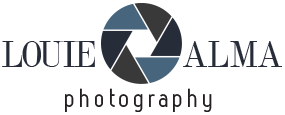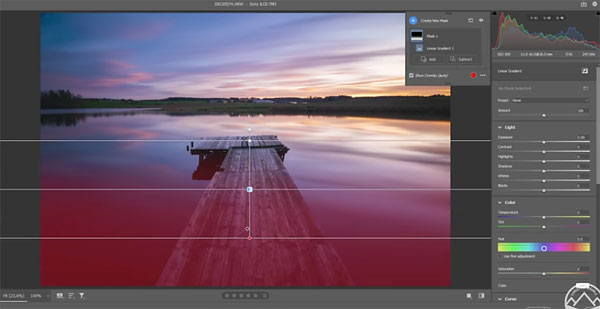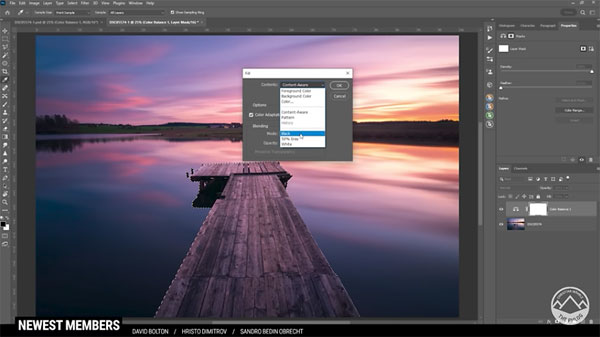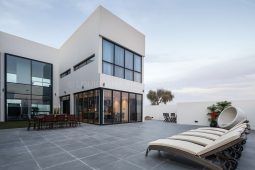Guide For Pricing Your Interior Design Services
Certified interior designers can use different billing methods for the services they provide. When meeting a potential client for the first time, the designer is expected to explain every option they can offer for the project. This will be important as the client decides on the mode of payment they prefer. Of course, both parties will have to come to an agreement before the project begins.
Payment Options For Interior Design Services
Flat Rate
If the client would like to pay a flat rate for interior design services, the designer must discuss all details as clearly as possible, especially in terms of the coverage of the agreed fee. In most cases, this price will cover everything that must be done to satisfy the client, including contingencies, and a portion of this amount is paid before the work begins.
Typically, interior design clients pay from 10% to 40% of the total amount quoted by the designer, but this is separate from the retainer, which is paid in exchange for the designer’s commitment to work on the project.
Whatever amount is agreed upon by the two parties must be included in the written contract or agreement. Payments are usually made at certain phases of the project, and both sides should agree on a schedule of payments to be made by the client.
There is only one disadvantage to this mode of payment, and that is when the scope of the project turns out to be bigger than the actual work that is done. In that case, the designer will find themselves at a loss in terms of the unpaid extra time and energy spent.
Per-Hour Rate
This mode of payment is one of the most – if not the most – common mode of payment used by service professionals like engineers, architects, lawyers, and the rest. Interior designers are known to use it too and mostly for the same reasons.
When charging a client per hour, the interior designer will have to keep a tab on the number of hours they have spent each working day. By the end of the month, the designer will be paid according to the number of hours rendered and the agreed hourly rate.
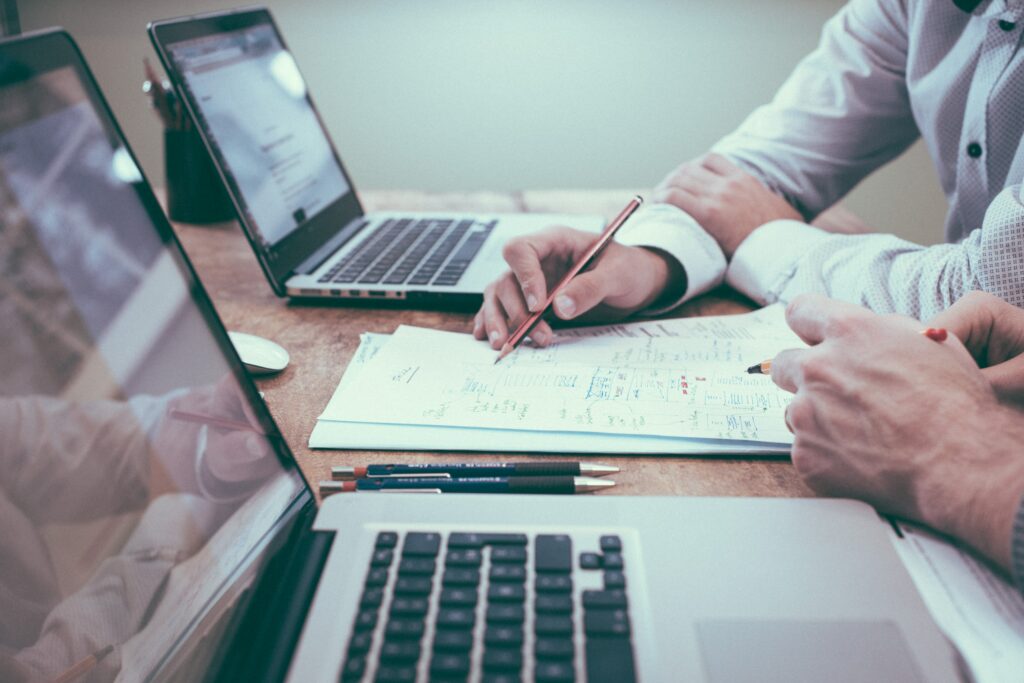
With this payment structure, the client is paying the designer for the time they spend on the project and not necessarily for their talent and skills.
The problem is, there are simply too many gray areas with this type of arrangement. Say, Designer Ann goes to the hardware store for Client Jessica. She spends five hours in the process and finds something that Client Ed would need, but can’t find anything for Client Jessica. Who will receive Designer Ann’s bill for that time? Scenarios like this often make the client feel cheated.
Percentage of Total Project Cost
This payment method is usually good for residential projects, although it also works well for commercial clients. Here, the designer will be paid a certain percentage of the total cost of the job.
What exactly this percentage will be depends on the designer and the client, based on the type of work to be done. For minor residential projects, this can range from 1% to 40%; the bigger the project, the bigger the designer’s commission.
One drawback is that the client may suspect the designer of purposely buying expensive materials so they can get fat commissions. On the other hand, even if the designer intentionally buys expensive materials, which are usually high-quality too, the client may be impressed with the outcome and no longer fuss about the cost.
A lot of people are actually comfortable with this arrangement because it makes things easier – any material purchased by the client will be marked up by a specific percentage to pay for overhead and profit.
At the same time, the designer will be happy to work with the knowledge that they will be compensated for each item they have initially paid for.
Per Square Footage Rate
Another method an interior designer may use to bill a client is to charge them a specific rate for the total area that will be covered by the project. When this option is used, it becomes crucial to plan the area of the work-site because the designer will base their fee on this value.
However, this payment model is often mixed with other modes in cases where the client asks for extra services. After all, space is always the starting point of interior design en route to the final plan.
As soon as it is confirmed that more services will be needed, the designer can introduce another method of billing in line with the additional services required.

Retail Price
The retail price method of billing an interior design client has been used for many decades and is still a common choice nowadays. This goes all the way back when interior design was still not officially recognized as a profession. That was around the middle of the 20th century when the job did not include any complex technical aspects such as lighting, electrical systems and the like.
Using this model, the designer will not charge the client directly. Instead, they will make bulk purchases from suppliers at discount rates, and the client will be billed the actual retail prices of those purchased materials. The difference will be considered as payment.
How much the discounts will be is private between the designer and the suppliers. Clients are also not supposed to ask, let alone force neither the designer nor the supplier to reveal the details of their agreement.
However, this payment method only works for furniture and furnishing provisions. Let’s say the client needs an electrician to fix a broken outlet that will be needed for newly purchased electronics that are part of the design.
Of course, it is the designer’s job to look for an electrician, but take note that they will probably not get a discount for the needed electrical repair services. Hence, they will have to come up with another way to charge the client for the tradesman’s services. This is one of the many scenarios where the retail price payment method won’t work.
Department Store Retail Price
A lot of department stores selling home furniture and furnishings have partnerships with interior designers. Such services often come at no cost, provided an agreed minimum number of items are purchased.
Sometimes, a fee may be collected, but in case the purchase goes beyond a particular amount, then the fee that had been paid will be reimbursed. It’s not difficult to see that while this mode of payment may work for residential projects, it may not be compatible with the unique scenarios involving commercial projects.
Aside from department stores, dealers specialising in home furniture, furnishings, and other equipment may also have such partnerships with designers.

Combination Billing
As one may understand from the term itself, combination billing is a mix of any two or more payment methods mentioned above for certain projects, usually large and complex ones. For example, space planning may be initially charged per square foot or meter at a set hourly rate. When it comes to ordering furniture and other deliveries, billing may be done as a percentage above cost.
If the designer wants to purchase rare expensive antiques, the retail mode of payment may be used, where the client pays the price tag (client will not get a discount) but the designer can make a profit in the form of a commission from the retailer.
Evidently, for complicated projects that require several factors for consideration, the combination billing method is best to use.
Drawing Up Agreements for Interior Design Services
Once everything has been explained and cleared up, and spoken agreements have been made, it is now time to sign a formal written contract where all the details of the project are explicitly stated. Like other project contracts, this document will serve as a guide to be followed from the beginning to the end of the project.
In most cases, it is the designer who draws up the agreement since they are more knowledgeable about the intricacies of the trade. The client will simply review the proposed contract and, if desired, seek a lawyer’s advice before deciding to proceed or not.

